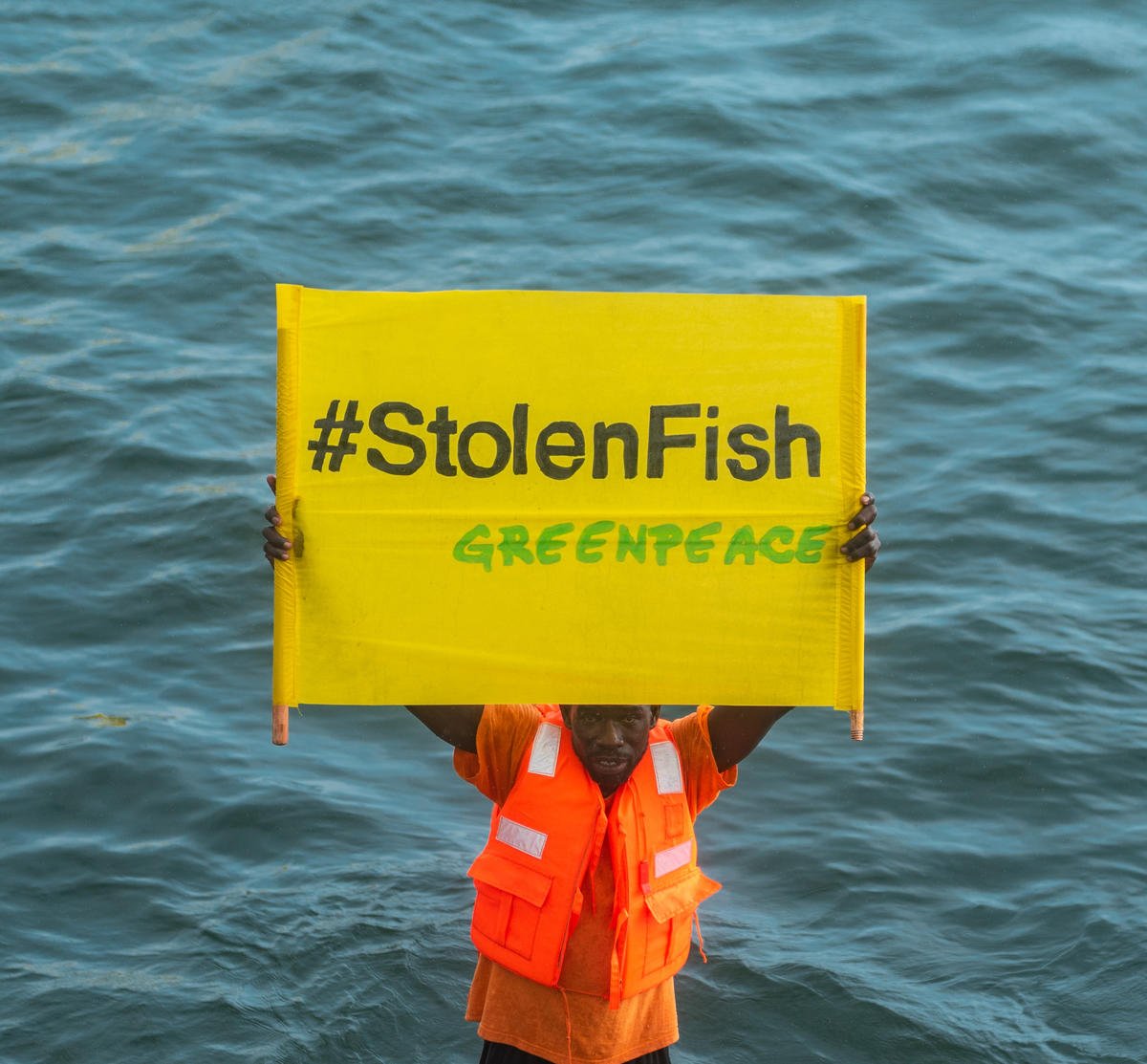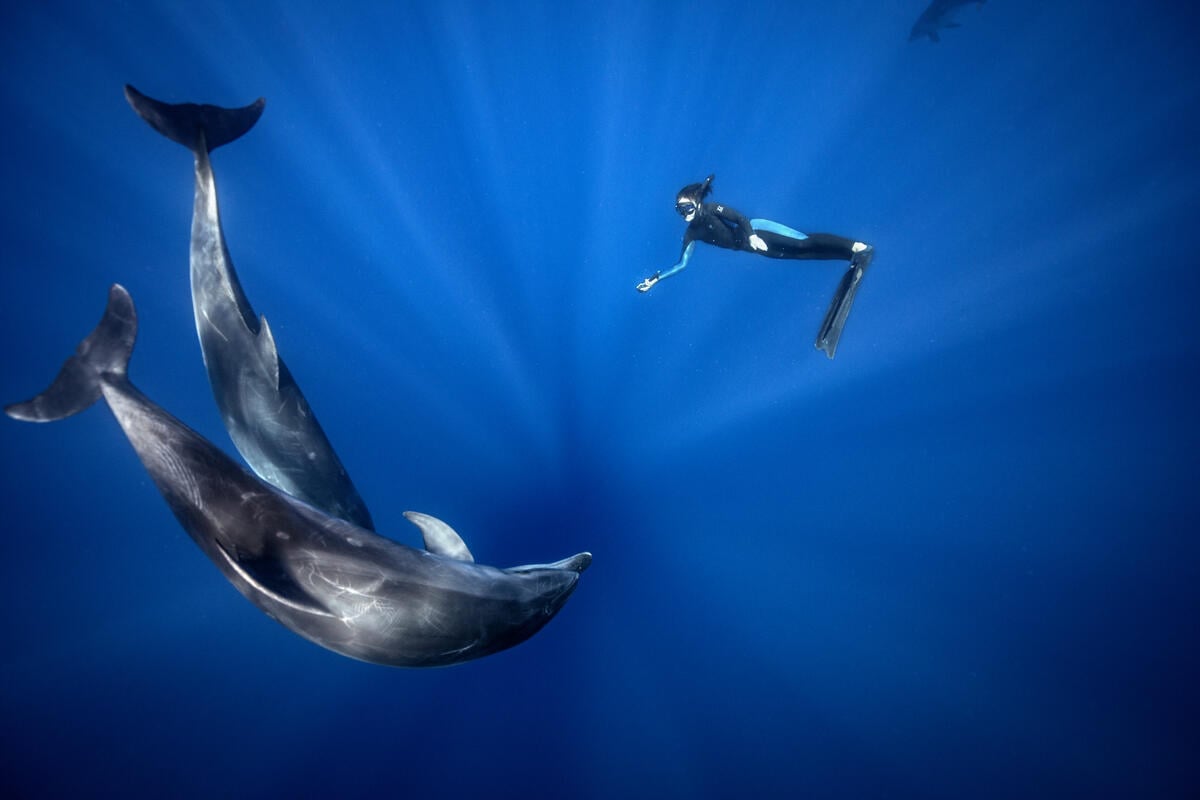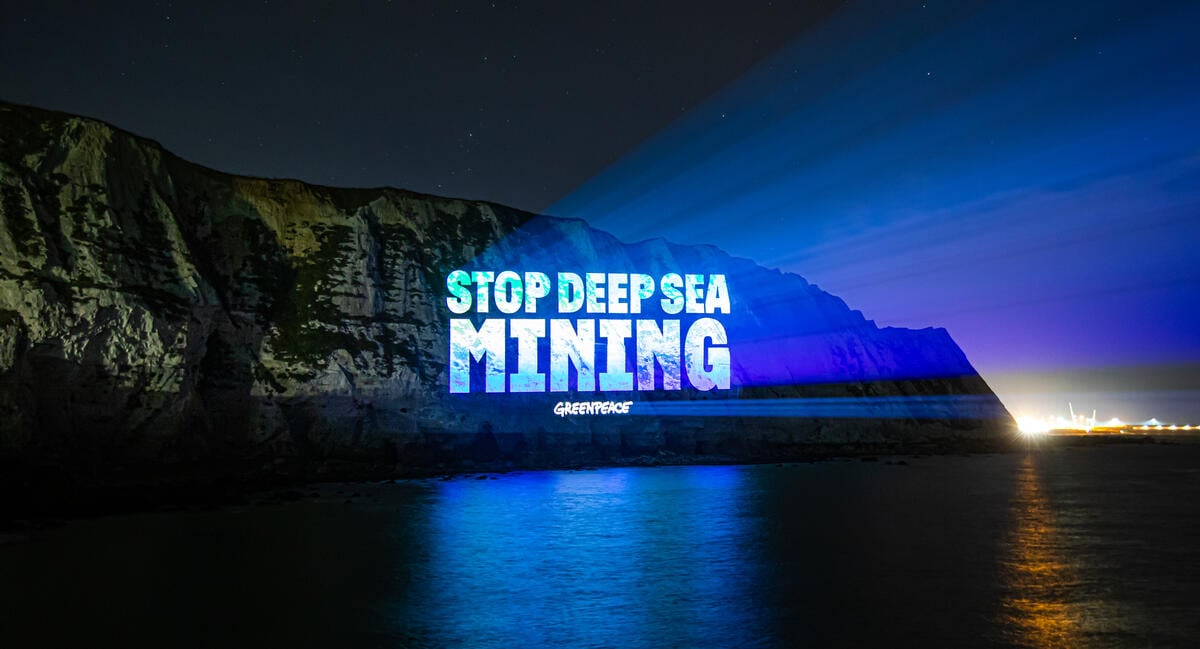It’s incredible to realize how a simple conversation with a person could change your life’s perspectives. I had a very intense chat with a woman processor of Bargny, in Senegal. After less than ten minutes, she convinced me about the crucial need to stop the construction of fishmeal factories. She told me that she relies on the fish availability to run her processing activity. She needed her job as she had to take care of her family of more than ten people. I put myself in her shoes for a moment and realized that, waw! I would have absolutely done the same to support my own family. I sometimes wish our political leaders could go through the same type of exercise, to ensure that the decisions they make take into account the general interest of the communities.
In West Africa, well-known for its rich marine ecosystems, the threats to biodiversity are rapidly increasing. Human activities including overfishing, the use of destructive fishing methods, like bottom trawling and industrial fishing, plastic pollution and commercial aquaculture are leaving our oceans devastated. What’s even more shocking is that fishmeal and fish oil factories are endangering the food security and the livelihoods of 40 million Africans.
The construction of fishmeal and fish oil factories in West African coastal countries, such as Mauritania, Senegal, and The Gambia and the development of industrial aquaculture at a global level are gradually degrading the regional fish stocks to such an extent that Greenpeace Africa issued a report A waste of fish: Food security under threat from the fishmeal and fish oil industry in West Africa exposing the shocking facts.
In Senegal, for instance, the Fishery landings decreased by 4,627.90 tonnes in March 2019 compared to the same period in 2018, this according to data that the Directorate of Maritime Fisheries (DMP) released. The cumulation of these landings amounted to 46,849.70 tonnes against 51,477.60 tonnes in March 2018, a regression of 8.99% in relative value. This resource scarcity is leading to increased tensions between coastal countries’ artisanal fishermen.
In such a socio-economic context, the West Africa region cannot afford to promote the development of fishmeal and fish oil factories. The seriousness of the issue lies in the fact that communities in West Africa rely on small pelagic fish stocks (round and flat sardinellas, African ethmalose) to not only cover their nutritional needs, but also to ensure their livelihoods. In Senegal, the fish covers around 70% of the population’s animal protein needs (more than 50% in The Gambia) and the annual fish consumption per capita is 29.9 kilograms. In Mauritania, the average annual fish consumption is eight to ten kilograms per capita, and up to 20 kilograms per capita in urban coastal areas.
This high and obvious dependency of our people on fish should be more than a good reason not to target small pelagic fish stocks to produce fishmeal and fish oil, especially not when these stocks are considered to be overexploited according to the FAO Working Group’s Assessment on Small Pelagic Fish Stock in Northwest Africa. In addition, it takes four to five kilograms of fish to produce one kilogram of fishmeal.
We cannot allow an increasing portion of the small pelagics that traditionally feed West African families to be processed into fishmeal and fish oil (FMFO) to provide feed for aquaculture, livestock farms, and to feed the markets and industrial food products in the richest countries.
Our fish cannot be stolen for that. Our communities have been building resilience around so many natural disasters in the past decade that we must not allow them to bare witness to a new threat with the construction of fishmeal factories that will jeopardize food security, jobs and livelihoods in the region.
We all have a moral obligation, the coastal countries governments at the top of the list, to preserve our marine life in a sustainable manner. If our West African waters are managed sustainably, they can be a resource for healthy fisheries and a source of food security for current and future generations. The right to food and a healthy environment is one of the most basic human rights that must be respected. Therefore, serious measures should be taken by West African coastal countries’ governments to protect the valuable fish stocks of the region for the benefit of communities. Furthermore, measures should be translated into concrete actions, and the most urgent one being that of phasing out any fishmeal/fish oil production using fish fit for direct human consumption. It needs to stop because of its negative environmental, social and economic impacts. There is no more time left for inaction because inaction is an action itself, and we do not want that.
References:
Greenpeace Report, June 2019 “A waste of fish: Food security under threat from the fishmeal and fish oil industry in West Africa
Article on the landing of fishing in Senegal, published on the 28th May 2019 by APA NEWShttps://www.journalducameroun.com/baisse-des-debarquements-de-la-peche-au-senegalFAO Working Group on the Assessment of Small Pelagic Fish stock assessment of Northwest Africa, Banjul, the Gambia, 26 June–01 July 2018 http://www.fao.org/fi/static-media/MeetingDocuments/CECAF/CECAF-SSC8/Ref.8e.pdf
Notes on Ethmalose and Sardinella fish stocks
Ethmalosa fimbriata, the bonga shad or just bonga, is a shad, a clupeid fish, that occurs along the coasts and in brackish water of coastal lagoons, rivers and lakes of western Africa from Dakhla in Western Sahara to Lobito in Angola. It is usually around 25 cm long but the maximum length is 45 cm. The bonga is caught by inshore small-scale fisheries using seine fishing from a boat or by beach seine. It may also be caught by gill nets. Bonga is very important in West African coastal and lagoon fishing communities and it is an important food source in West and Central Africa. It is usually smoke-dried for 2 to 5 days, depending on size and on the market. (https://en.wikipedia.org/wiki/Ethmalosa_fimbriata).
The round sardinella (Sardinella aurita) is a species of ray-finned fish in the genus Sardinella found in both sides of the Atlantic Ocean and the Mediterranean Sea.It is a small, pelagic species that lives in tropical and subtropical waters of the western and eastern Atlantic Ocean, the Pacific Ocean, the Mediterranean, and occasionally, the Black Sea. It’is one of the largest Sardinella species, averaging 23 to 28 cm. It has eight pelvic fin rays. It has frontoparietal stripes on the top of its head, a faint golden midlateral line, and a distinctive black spot on the hind border of the gill cover. (https://en.wikipedia.org/wiki/Round_sardinella).
The Sardinella maderensis (Madeiran sardinella) is a species of small ray-finned fish in the genus Sardinella which is found in the Eastern Atlantic and Southeastern Mediterranean. It is a silvery fish similar to the round sardinella (Sardinella aurita), but can be distinguished from that species by having gray caudal fins with black tips. It feeds on phytoplankton and fish larvae and is a pelagic, oceanodromous species that forms schools in coastal waters, often mixed with S. aurita. The International Union for Conservation of Nature has rated this fish’s conservation status as “vulnerable“. The major fishing grounds for these fish are off the coast of Senegal and Morocco. Over the course of the last ten years the average size of these fish has decreased down from 35 cm to 32 cm. Experts say that these changes are in large part due to very active Dutch commercial fishing in the region. (https://en.wikipedia.org/wiki/Sardinella_maderensis).



